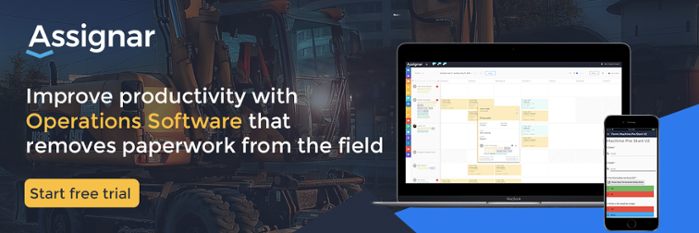Construction Health and Safety Regulations – Define The Right Mindset
It is no accident that construction firms are called to operate under a precise set of health and safety regulations. But like it is with all laws, a host of misconceptions, myths and suggested shortcuts tend to mare the issue. Best bet for any construction contractor:
- Never forget the critical impact of failing to follow health and safety rules, regulations and laws
- Refuse to engage in faulty or distorted discussions of health and safety cost-to-benefit evaluations
- AND Always stress compliance in training, practice and follow-up.
The following text considers the real costs of shortcomings construction health and safety regulations.
Shortcuts In Health And Safety Are Not Cost Effective
Although construction contractors sometimes get away with shortcutting on health and safety regulations, in the long run shortcoming this essential component of operations is not really cost effective. Proper safety training for employees comes at a cost. Yet it also ensures better employee work habits, which typically means better and more efficient job performance.
Construction accidents can be extremely costly. And preventable accidents can result in increased liability, higher insurance rates, and a lifelong shameful memory.
In recent reports, the U.S. Occupational Safety and Health Administration (OSHA) released estimates detailing weekly company worker’s compensation payouts of over $1 billion per week. And this takes not into account additional factors such as:
- Incurred loss of labor hours
- Costs of temporary jobsite replacement help
- AND special care that may be involved even after an injured worker returns into the workforce.
Real-time cloud-based construction operations software can simplify, improve and speed up all aspects of employee safety, QC and performance training. This not only debunks any concept that shortcomings health and safety regulations is cost effective, it actually presents reliable evidence to the contrary.
The Excess Paperwork of Health and Safety Regulations Hinders Effective Business Performance
The operative words here are “Excess paperwork.” Unless you consider the safety of your employees beneath concern, it is misconception to believe that compliance with construction health and safety regulations evokes costly, overly complicated and unnecessary paperwork. OSHA defined safety rules aim to assure safe working conditions for owners, contractors, employees, and all other jobsite visitors. They are not randomly crafted rules, but rather they seek to enforce safety and health standards confirmed to provide jobsite safety via company sponsored safety:
- Assistance
- Education
- Outreach
- Reporting
- Tracking
- AND Training.
The cost of noncompliance can include aggressive fines, unnecessary injury to workers, and a bad reputation that can be detrimental and extremely costly to your construction firm.
Real-Time Construction Safety Software Advantages
Admittedly, serious engagement in jobsite health and safety management requires attention to detail, training, tracking and auditing. But we no longer live in the days of paper trails, spreadsheet documentation and pen-to-paper confusion. Real-time construction management software:
- Simplifies the process
- Organizes the data
- Promotes easier employee training
- Established real-time connectivity between office and field
- Tracks and manages workforce, plant assets and training programs
- Enables management of subcontractors and suppliers
- Ensures collaborative access to document risk and safety compliances
- AND packs it all into an easy to use auditing system.




